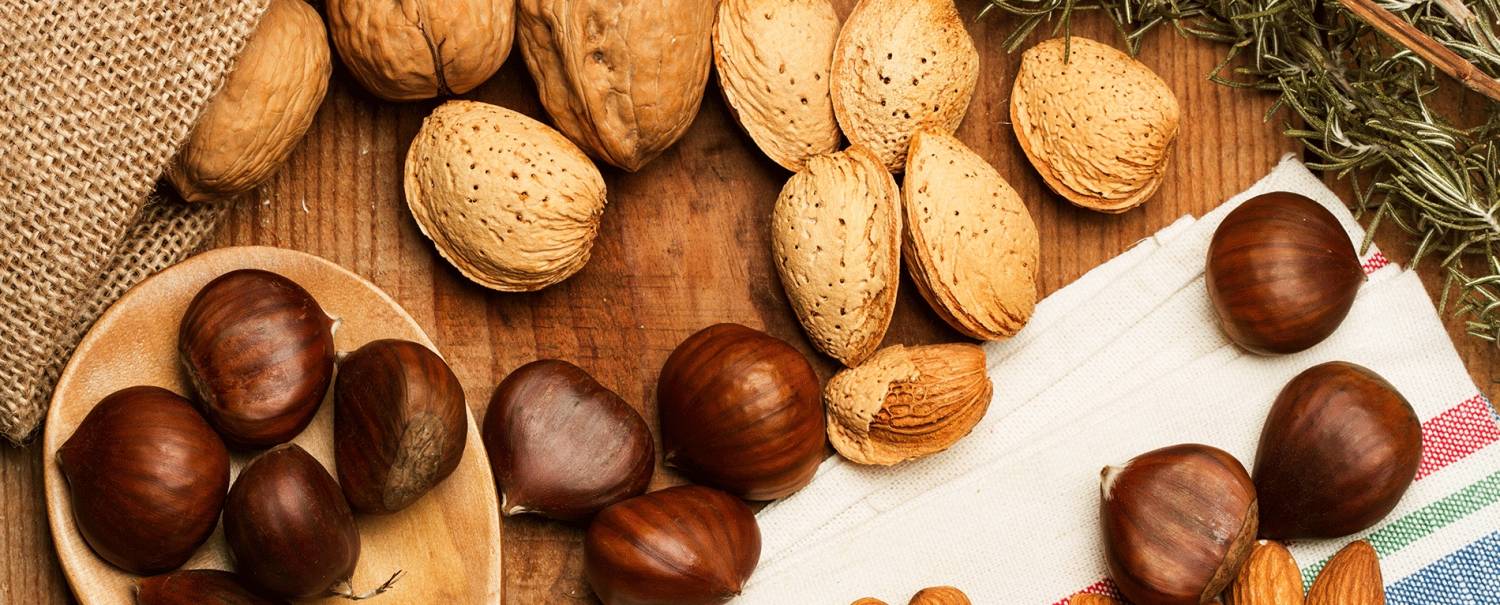Kitchen cleaning tricks for food allergens
In the homes of allergen sufferers or those with food intolerances, the buying, storing and cooking of food can become a real headache if certain basic organisation and hygiene measures are not followed.
TOPIC OF THE MONTH
Share
Although the ideal would be to have completely separate storage and preparation processes, in many cases, this physical division is not possible due to lack of space: one kitchen, one cupboard, one fridge despite different food requirements. Under these conditions, daily ‘logistics’ become complicated. Here are some ideas to help reduce exposure to allergens as much as possible.
Organisation
• Food preparation order: firstly, prepare the ‘free from…’ dishes, that is, if there is a coeliac among the diners for example, prepare their food first.
Storage
• Labelling: we recommend that you clearly label allergen-free foods and, whenever possible, separate them from other foods. This labelling should be thorough and be maintained throughout all processes.
• Packaging: as important as the identification of food are the closures on the containers in which it is stored. Only a good hermetically-sealed closure will prevent leaks and cross-contamination.
Preparation
• Hygiene: it is essential that all persons handling the ingredients make an effort to follow measures of cleanliness. If gloves are used, we recommend that they are made from vinyl and that latex is avoided.
• Control of basic ingredients: there are foods that we use as the basis for most recipes: oil, salt, milk… When cooking for different food requirements, you need to keep in mind that these types of food should be excluded from ‘free from…’ dishes. You should not use them for preparing different types of foods.
• Avoid dispersal: it is important to control and separate the utensils you use so that the allergens do not become dispersed.
Service
All the effort you make will be in vain if you don’t maintain the precautions right to the last moment: the dining table. It is worth checking the utensils for each diner as well as the serving utensils, without forgetting the seasonings or ‘sharing’ dishes.
For example, if you take condiments to the table for seasoning the dishes to your taste, these also need to be well differentiated to avoid any mistakes.
The main food allergens
Of animal origin
• Milk and milk products
• Eggs and egg derivatives
• Fish
• Seafood
Origen vegetal
• Legumes (soya, chick peas, peanuts)
• Cereals
• Dried fruit
• Spices (sesame, mustard)
Food additives
• Colourings
• Preservatives

Nuevo rol del consumidor
Leer más
Nuevo rol del consumidor










